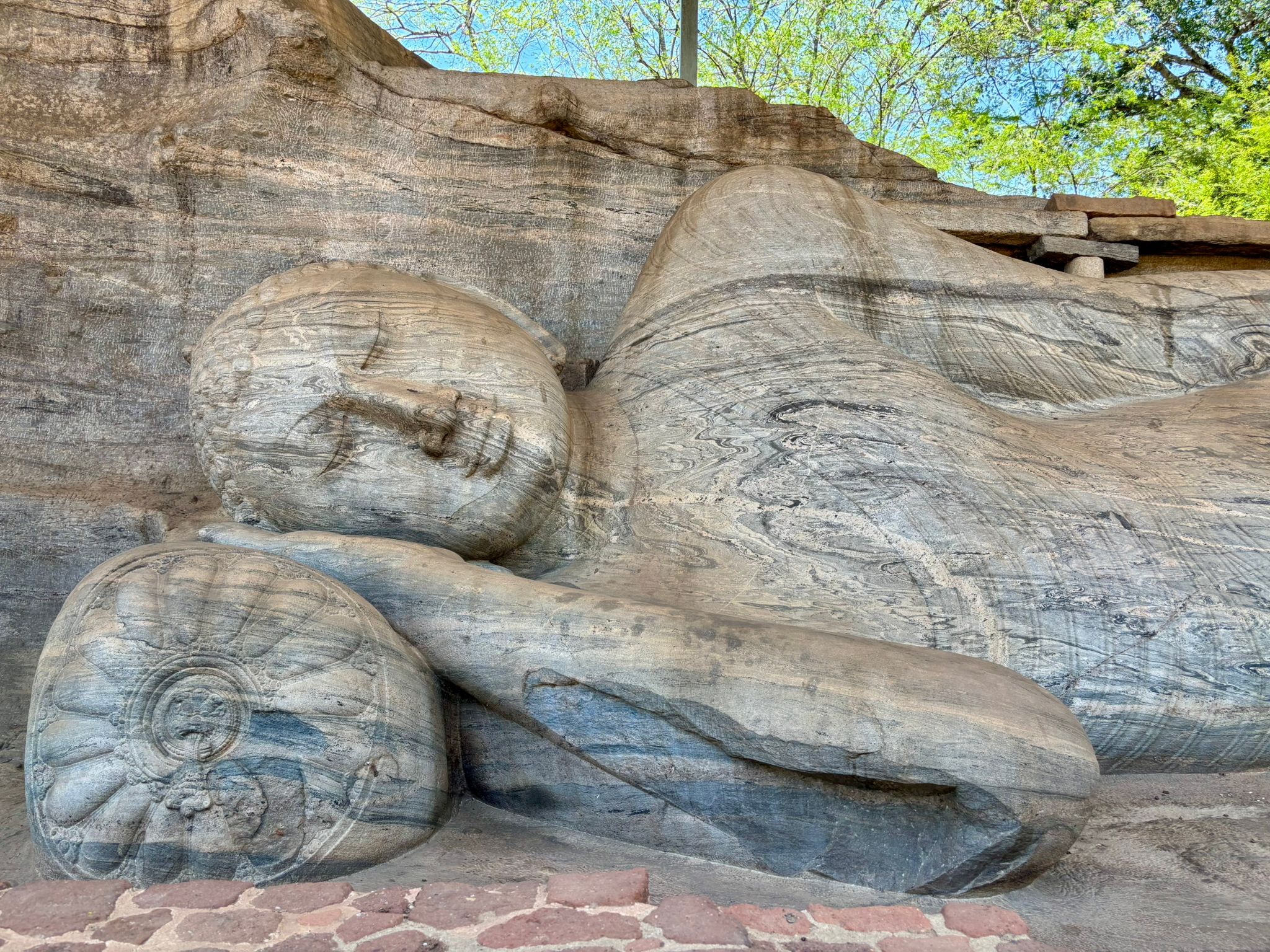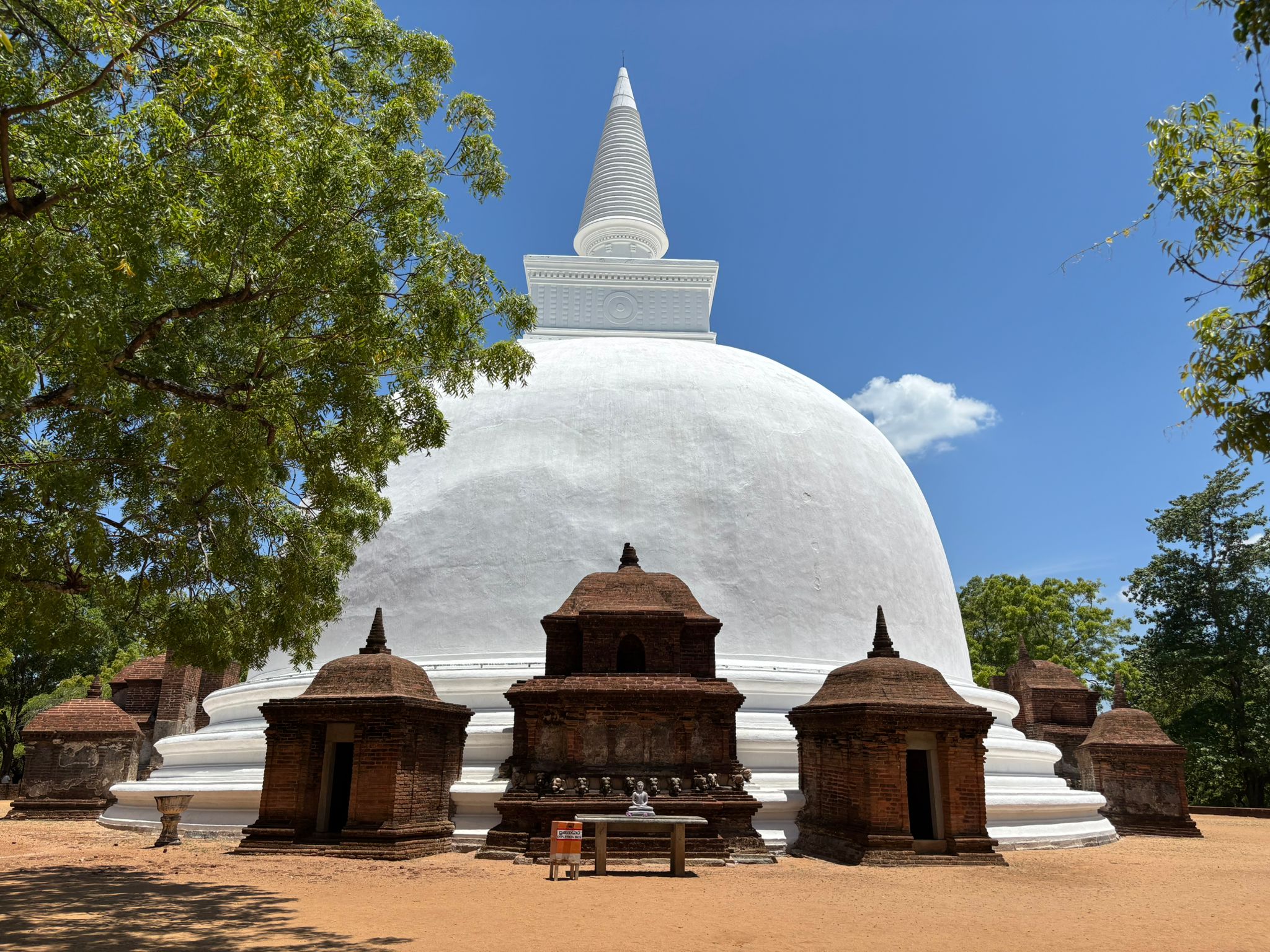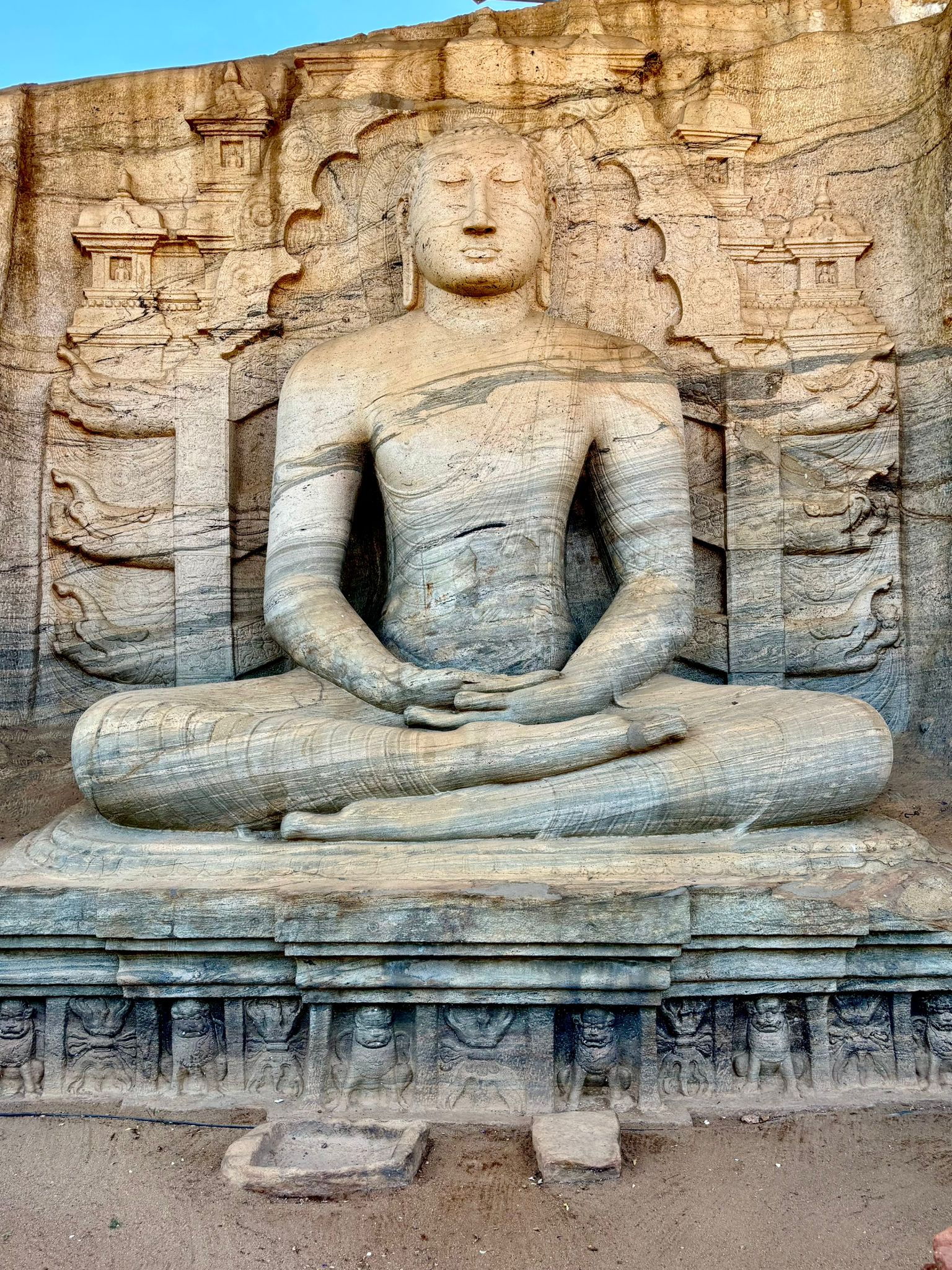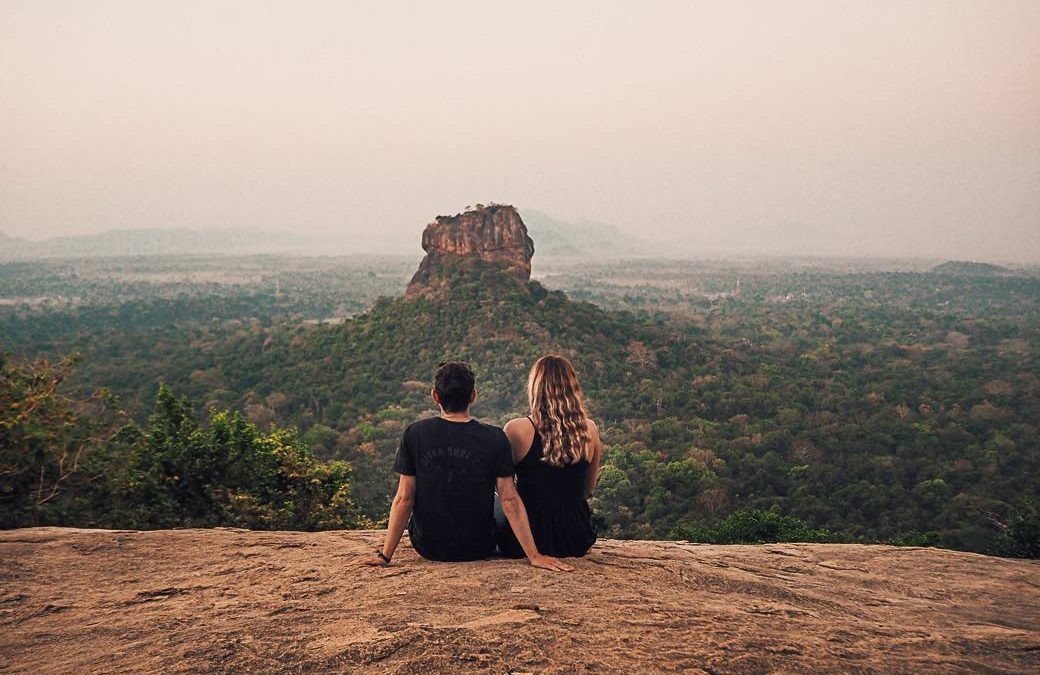




Dambulla cave temple
The Dambulla Cave Temple, also known as the Golden Temple of Dambulla, is a UNESCO World Heritage Site located in the central part of Sri Lanka. It's one of the most significant and well-preserved cave temple complexes in the country, boasting a rich history spanning over two millennia.
Here are some key aspects of the Dambulla Cave Temple:
History: The complex dates back to the 1st century BCE. It is traditionally believed that King Valagamba (Vattagamini Abhaya) converted the caves into a temple after seeking refuge there during a South Indian invasion. Subsequent kings, like Nissanka Malla in the 12th century and Kirti Sri Rajasinha in the 18th century, further enhanced the site with new statues and murals.
The Caves: The site consists of five main caves, each transformed into a shrine room with varying sizes and magnificence. These caves are adorned with an incredible collection of statues and murals.
Cave 1 (Devaraja Lena / "Cave of the Divine King"): This cave features a massive 14-meter (45-foot) reclining Buddha statue carved out of the rock, depicting his final passing away (parinirvana). It also includes a statue of Vishnu.
Cave 2 (Maharaja Lena / "Cave of the Great Kings"): The largest and most impressive cave, it contains a large number of Buddha statues (standing, seated, and reclining), along with statues of kings Valagamba and Nissanka Malla, and various gods. The ceiling and walls are covered with vibrant murals depicting scenes from Buddha's life and Sri Lankan history. There's also a small dagoba (stupa) and a spring believed to have healing powers.
Cave 3 (Maha Aluth Viharaya / "Great New Temple"): This cave, largely attributed to King Kirti Sri Rajasinha, houses a 10-meter (30-foot) reclining Buddha and numerous other Buddha statues. The murals here date back to the 18th century.
Cave 4 (Paschima Viharaya / "Western Cave"): One of the smaller caves, it still contains many Buddha statues and a dagoba.
Cave 5 (Devana Aluth Viharaya / "Second New Temple"): The newest and smallest cave, it features a 10-meter reclining Buddha and paintings of various deities.
Art and Architecture: The Dambulla Cave Temple is renowned for its stunning Buddhist art. The cave ceilings and walls are entirely covered with intricate murals, some dating back to the 8th century, though many have been repainted over the centuries. These paintings depict stories from Buddha's life, Jataka tales (stories of Buddha's previous lives), and significant events in Sri Lankan Buddhist history. The statues, both carved from living rock and fashioned from wood or stucco, are also exquisite examples of Sinhala sculpture.
Cultural Significance: Dambulla remains an active Buddhist pilgrimage site, attracting devotees and tourists alike. It's a testament to the continuous tradition of Buddhist worship and artistry in Sri Lanka for over two millennia.
Visiting: The Dambulla Cave Temple is located on a large rock formation, offering panoramic views of the surrounding landscape, including the famous Sigiriya rock fortress. Visitors typically climb a series of steps to reach the cave complex. Appropriate attire (shoulders and knees covered) is required as it is a sacred site.
Overall, the Dambulla Cave Temple is a must-visit for anyone interested in Sri Lankan history, art, and Buddhist culture.




